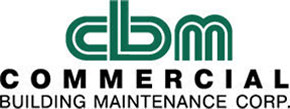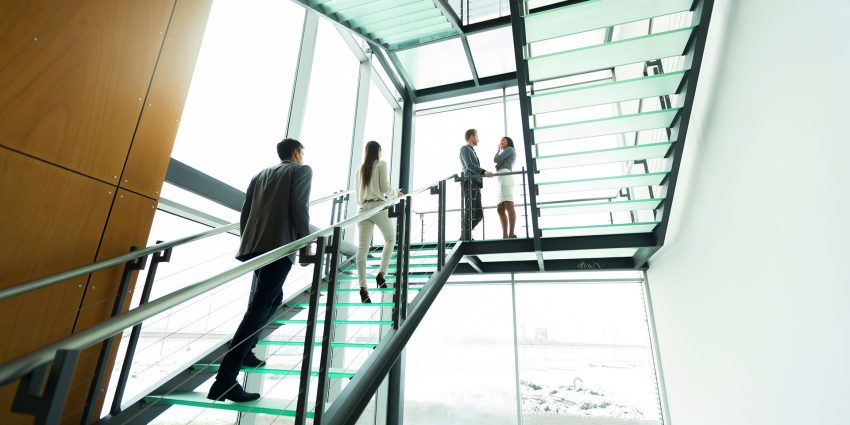First impressions don’t wait. They happen instantly, before words are exchanged or presentations begin. The moment someone walks through your doors, your building speaks for you. Whether you realize it or not, the design, condition, and feel of a space communicate values, priorities, and even credibility.
The Silent Messenger
Walls, floors, lighting, and even air quality tell a story. A well-maintained lobby signals attention to detail. A cluttered entrance hints at disorganization. Lighting that’s too dim or too harsh changes the mood before a meeting even starts.
People pick up on these cues subconsciously, forming judgments about professionalism, reliability, and care.
Cleanliness as a Core Message
Nothing sends a message faster than cleanliness. Dust, fingerprints, and streaked windows suggest neglect. On the other hand, polished floors, fresh scents, and tidy restrooms say you respect both your employees and your visitors.
For businesses, cleanliness is more than appearance; it’s part of the trust equation.
Design Choices Reflect Identity
Every building has a personality. The colors on the walls, the materials underfoot, the artwork displayed—these choices reflect brand identity. A modern office with open spaces and natural light projects innovation and transparency.
A more traditional setting with warm wood tones and formal furniture signals stability and tradition. Design doesn’t just shape spaces; it shapes perceptions.
Comfort and Accessibility
Visitors notice comfort even if they don’t mention it. Is the seating inviting or stiff? Are hallways easy to navigate? Can everyone access restrooms and meeting rooms without difficulty? Small details like ramps, elevators, and clear signage demonstrate inclusivity. They tell people you’ve considered their needs before they even asked.
The Ripple Effect of Maintenance?
Cracked tiles, flickering lights, or peeling paint don’t just look bad; they send signals about how an organization manages the bigger picture.
If small details are overlooked, people wonder what else might be slipping through the cracks. Consistent maintenance builds quiet confidence, showing that care runs deep into daily operations.
Two Details That Always Stand Out
- Entrance experience. From the door handle to the reception desk, this moment sets the stage for every interaction that follows.
- Restroom condition. It’s often the most telling space in any building. Clean, stocked, and well-kept restrooms show respect for all who enter.
Spaces That Work as Hard as You Do
Your building doesn’t just house activity; it communicates culture. When someone walks in, they should feel your values reflected in the environment. Cleanliness, design, accessibility, and maintenance aren’t just practical matters. They are silent ambassadors, shaping impressions and relationships in ways that words can’t undo.
The message is clear: your building speaks before you do. What story is it telling today?

